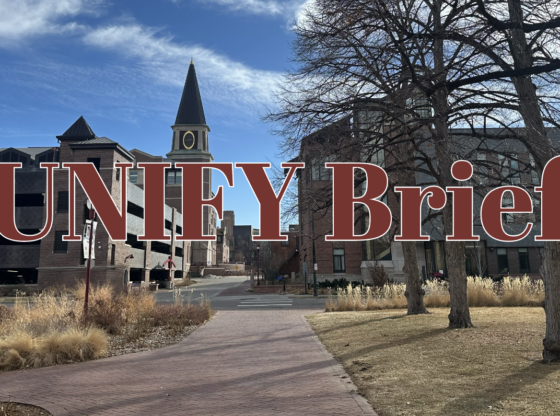Were you taught about the East St. Louis Massacre in American History lessons growing up?
Me neither.
Many Americans are familiar with the Tulsa Massacre of 1921 and the devastation of America’s Black Wall Street. But, Tulsa was not an isolated incident. In 1898, white supremicists assaulted Black Americans in Wilmington, North Carolina and overthrew a democratically-elected government in a coup d’état. In Atlanta in 1906, white Americans violently attacked Black Americans in a neighborhood where they were experiencing economic prosperity and expanded voting rights. In 1917, white Americans enacted yet another massacre on Black communities in East St. Louis. Grievously, these examples are only a few of many.
Even within higher education, the history of racial violence in the U.S. is all but absent. In my major (sociology), there is a lack of coverage of this history in the best-selling textbooks on race and ethnicity. When this history is presented, it is done so in a way that absolves white Americans from the responsibility of being perpetrators of racism. The causes and legacies that thread these collective assaults and traumas together create a vicious web whose entanglements uphold institutional violence. Yet, it is futile to attempt to understand the causes and ramifications of white violence without understanding the history itself.
What factors make up this thread of violence?
This thread can clearly be traced through the violent events in East St. Louis, Illinois. In part, this is a story about the intersection of economic power and racial domination. The city was controlled by powerful industries, which unofficially ran East St. Louis. White workers formed segregated labor unions to protest their meager wages and unacceptable working conditions. But instead of appeasing workers’ concerns, these businesses stoked the flame of prejudice and racism, hiring Black workers to fill white workers’s jobs. This was the case all over the nation, as companies took advantage of the Great Migration as means to undermine labor unity and avoid adjusting working conditions.
But this is also a story about the media, misinformation and racist propaganda. Prominent newspapers such as the East St. Louis Daily Journal and the St. Louis Post-Dispatch ran articles exaggerating the numbers of African Americans migrating northbound to E. St. Louis, spreading unfounded fears about Black Americans taking their jobs and homes. These publications also consistently featured sensationalist—-but unsubstantiated—-stories about Black crime. Meanwhile, reports of confirmed white crime went largely unreported.
The economic and cultural processes resulted in days of horrifying violence. From July 2 to July 3, white Americans brutally murdered Black Americans and forced survivors of the massacre from their homes. While official death tolls claim 39 Black lives lost, investigative reports reveal that the toll is likely closer to 200. As for those who were chased out of the city, the numbers are in the thousands. Many never returned.
The massacre in East St. Louis may have happened over a century ago, but the themes of racial harm by wealthy white corporations and racist propaganda are prevalent today. White violence today may not be as obvious as murder in the streets—-although in too many cases, it still is—- but it is insidious and dangerous nonetheless. The E. St Louis Massacre demonstrates a larger history of how white Americans used violence to deny Black Americans access to a proper livelihood and robbed them of their wealth, homes and land. Because wealth is passed down through generations of families, these events of violence have real consequences today.
Today, the racial wealth gap is even bigger than it was at the beginning of the century. The median net worth of a white family in 2016 was close to ten times that of the average Black household, demonstrating a trend by which unequal access to wealth and opportunity persists in the United States.
Similarly, the wage gap between Black and white Americans has also increased since 2000. After controlling for age, gender, education and region, a Black worker is paid 14.9% less than their white counterpart. Not only are these injustices at face value, but these persisting wage and wealth gaps have implications for other crucial factors such as access to quality education and healthcare for Black families.
In order to dismantle an unjust system you must have all the facts. Because American education fails to teach the true history of racial violence across the 20th century, many Americans are left with an incomplete picture of the ways in which our country currently operates on systemic racism.
The time is long overdue for comprehensive, accurate and holistic education about the history of our country and the web of inequality that we rest on.
For more:
The Crisis 1917 September Edition
https://babel.hathitrust.org/cgi/pt?id=osu.32435053164794&view=1up&seq=225&skin=2021
“A Sociology of Race/Ethnicity Textbooks: Avoiding White Privilege, Ahistoricism, and Use of the Passive Voice”
Kathleen J. Fitzgerald
https://www-tandfonline-com.du.idm.oclc.org/doi/full/10.1080/00380237.2012.712866
Never Been A Time
Harper Barnes










